Advocating for students with disabilities is more than just a moral responsibility—it is a call to action that requires educators, parents, community leaders, and peers to work collectively toward equity. While awareness of challenges faced by students with disabilities is growing, awareness alone is not enough. True advocacy demands practical steps that ensure inclusive classrooms, accessible resources, and policies that uplift every learner.
Students with disabilities face systemic barriers, from inadequate accommodations to limited representation in decision-making processes. Often, their unique talents and perspectives are overshadowed by the challenges they encounter in navigating traditional educational structures. To change this narrative, advocates must move beyond empathy and engage in intentional actions that dismantle obstacles while fostering environments where students can thrive academically, socially, and emotionally.
At The Black Student Advocate Network, we believe advocacy is not a one-time act but an ongoing commitment to justice, accessibility, and empowerment. In this blog, we will explore practical ways to advocate for students with disabilities—transforming awareness into meaningful action.
1. Building Awareness and Understanding of Disabilities
Advocacy begins with knowledge. To effectively advocate for students with disabilities, one must first understand the wide spectrum of disabilities and how they impact learning. Disabilities may be physical, cognitive, emotional, sensory, or a combination of these. Each student’s experience is unique, and advocacy requires recognizing these differences without reducing students to their diagnoses.
Key Actions:
- Educate yourself and others: Read research, attend workshops, and learn about disability rights laws such as the Individuals with Disabilities Education Act (IDEA) and Section 504 of the Rehabilitation Act.
- Challenge stereotypes: Too often, disabilities are viewed through a deficit lens. Advocates should highlight students’ strengths and capabilities.
- Normalize conversations: Encourage open dialogue about disabilities to reduce stigma and create a more supportive learning culture.
By building a foundation of awareness, educators and advocates can identify inequities and push for targeted interventions. This step ensures advocacy is informed, accurate, and respectful of lived experiences.
2. Promoting Inclusive Educational Practices
Awareness must translate into classroom and institutional practices that prioritize inclusivity. An inclusive education means more than just placing students with disabilities in mainstream classrooms—it involves creating teaching strategies, environments, and resources that accommodate diverse learners.
Key Actions:
- Universal Design for Learning (UDL): Adopt flexible teaching strategies that allow multiple means of representation, engagement, and expression. For example, providing text, audio, and visual options for learning materials.
- Collaborative teaching: Encourage co-teaching between general education and special education teachers to ensure students receive balanced support.
- Accessible technology: Integrate assistive technologies like speech-to-text software, screen readers, or communication devices that remove barriers to learning.
- Flexible assessments: Move away from one-size-fits-all testing to assessments that reflect diverse ways of demonstrating knowledge.
When schools implement inclusive practices, they don’t just meet the needs of students with disabilities—they foster a culture where all learners feel valued and empowered.
3. Empowering Families and Students as Partners in Advocacy
Effective advocacy requires amplifying the voices of those most directly impacted: students with disabilities and their families. Too often, decisions are made for them rather than with them. To truly advocate for students with disabilities, families and students themselves must be recognized as vital partners.
Key Actions:
- Family engagement: Schools should provide clear, accessible communication and involve parents in Individualized Education Program (IEP) meetings as equal partners.
- Student self-advocacy: Teach students to express their needs, rights, and preferences. This skill not only empowers them in school but prepares them for adulthood.
- Community resources: Connect families to advocacy groups, disability rights organizations, and community services that provide additional support.
- Cultural sensitivity: Recognize that families from diverse cultural backgrounds may have different understandings of disability. Advocates should respect these perspectives while ensuring equitable support.
By centering the voices of families and students, advocacy becomes more authentic and impactful.
4. Advocating for Policy and Systemic Change
While classroom strategies are essential, lasting change requires systemic advocacy. Policies at the school, district, state, and national levels play a critical role in shaping the educational experience of students with disabilities.
Key Actions:
- Policy literacy: Advocates should familiarize themselves with disability rights laws, funding policies, and accountability standards that impact students.
- Lobbying and activism: Engage with policymakers, write letters, attend school board meetings, and advocate for stronger disability rights protections and funding.
- Equity audits: Encourage schools to conduct audits that identify gaps in accessibility and outcomes for students with disabilities.
- Representation in decision-making: Push for students with disabilities and their families to have seats at the table when policies are developed.
At The Black Student Advocate Network, we stress the importance of addressing inequities that disproportionately affect students of color with disabilities. Intersectionality must be at the forefront of policy advocacy to ensure no student is left behind.
5. Creating a Culture of Empathy, Respect, and Belonging
Advocacy is not just structural—it’s cultural. A school culture that respects and celebrates differences ensures students with disabilities are not only included but also embraced.
Key Actions:
- Peer education programs: Teach students about disability awareness to foster empathy and reduce bullying.
- Highlight success stories: Celebrate achievements of students with disabilities to counter stigma and reinforce positive narratives.
- Inclusive extracurriculars: Ensure that clubs, sports, and school activities are accessible and welcoming to all students.
- Zero-tolerance policies for discrimination: Establish clear consequences for ableist behavior and hold everyone accountable.
Creating a culture of belonging is perhaps the most powerful way to advocate for students with disabilities. When schools move beyond compliance and embrace inclusivity as a core value, advocacy becomes part of the institution’s DNA.
6. Moving from Individual Advocacy to Collective Action
Individual efforts are powerful, but collective action amplifies impact. To truly advocate for students with disabilities, communities must work together across different roles—educators, parents, peers, policymakers, and advocacy groups.
Key Actions:
- Coalition building: Partner with disability advocacy organizations, parent groups, and community leaders to push for broader reforms.
- Mentorship programs: Create opportunities where students with disabilities are mentored by advocates or peers who model resilience and leadership.
- Professional development: Encourage ongoing training for teachers, counselors, and administrators to remain current on best practices.
- Public awareness campaigns: Use social media, school events, and public forums to elevate the conversation about disability advocacy.
Collective action ensures advocacy is not limited to one classroom or one community but becomes a movement that transforms education for all students.
Conclusion
Advocating for students with disabilities requires moving beyond awareness into deliberate, practical action. It means reshaping classrooms, empowering families, influencing policy, building inclusive cultures, and mobilizing communities. While the journey is ongoing, every action—big or small—contributes to dismantling barriers and creating opportunities.
At The Black Student Advocate Network, we believe advocacy is about justice, equity, and humanity. By committing to these practices, we can ensure that students with disabilities are not only included but also celebrated for their unique contributions. The time for passive awareness has passed—now is the time for action. Together, we can build educational systems where every student, regardless of ability, has the chance to succeed and thrive.
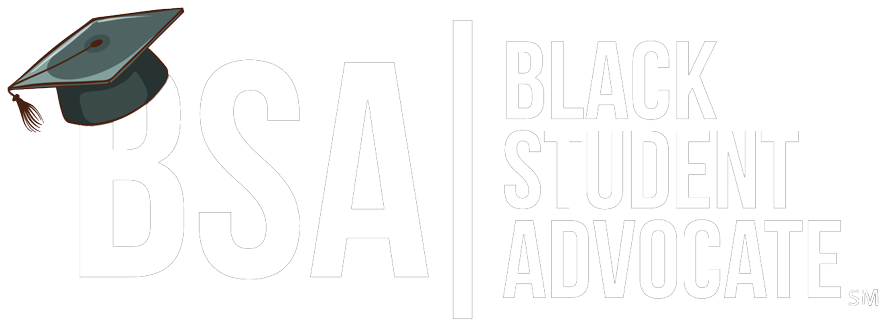
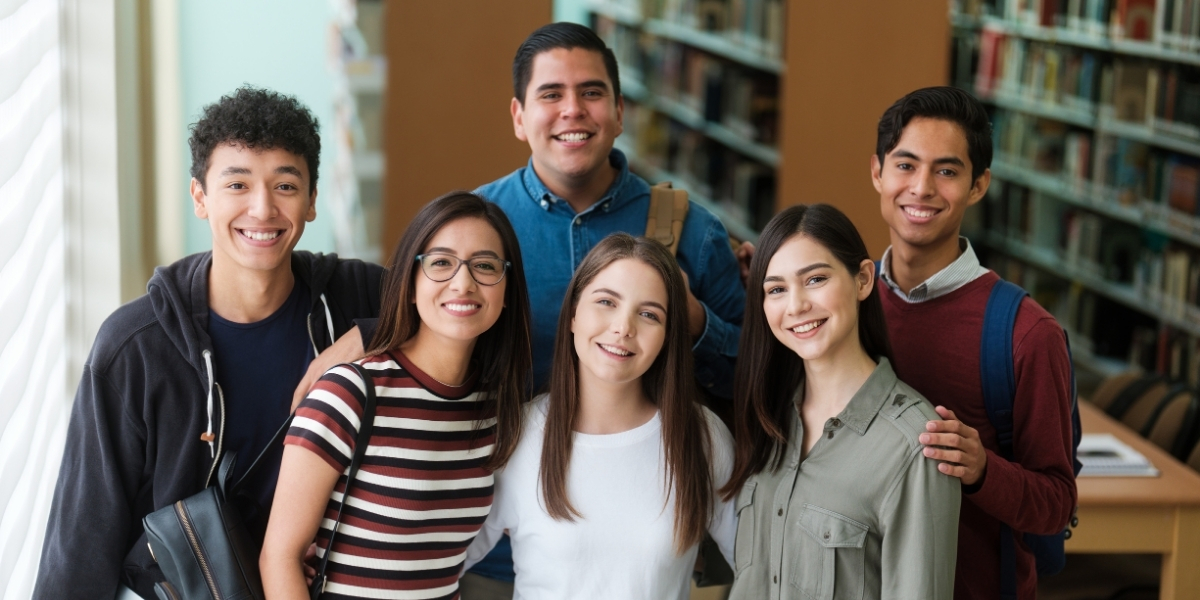

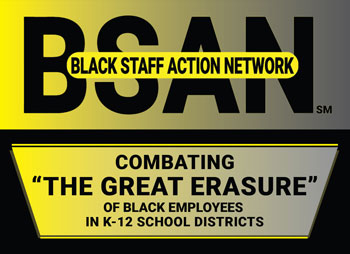

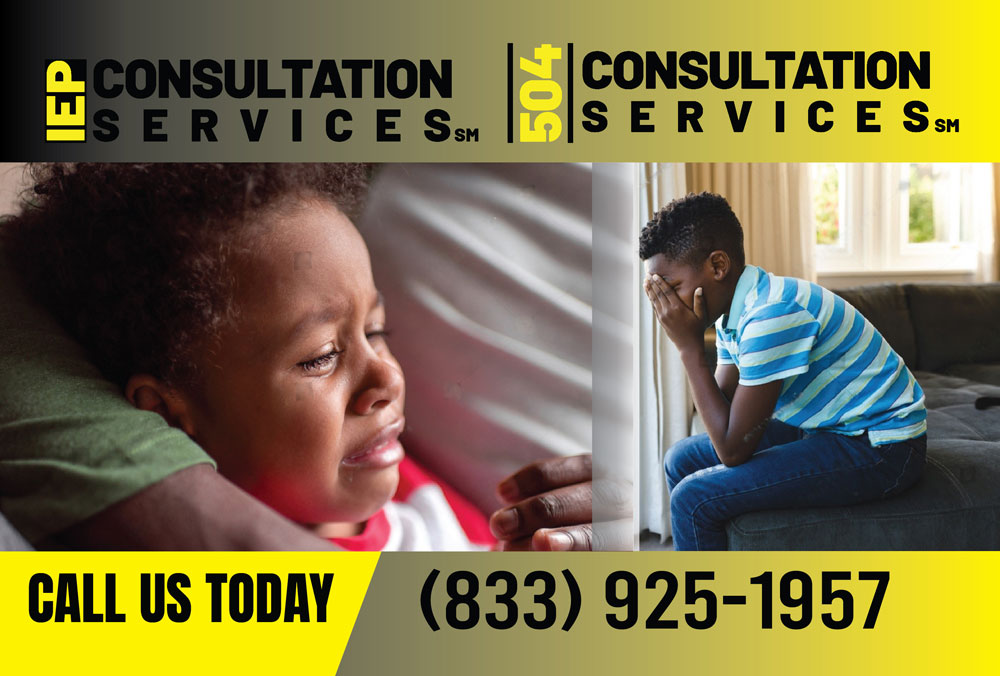
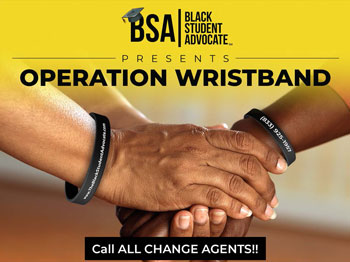
Share This Page